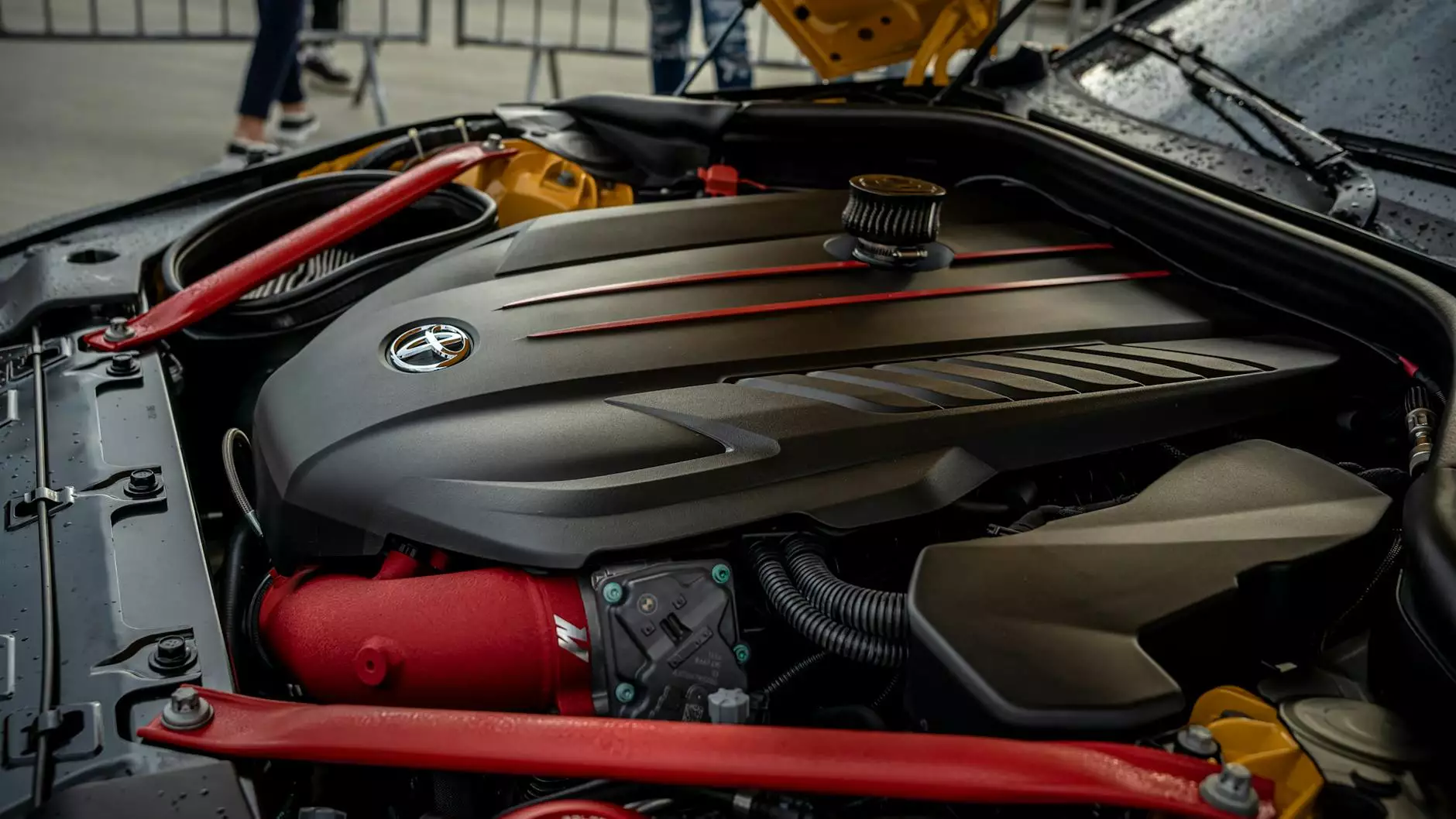Mastering Duplicate Characters in a String in C: A Comprehensive Guide

The world of programming can often feel overwhelming, especially when tackling intricate data manipulation tasks. This is particularly true when dealing with strings, which are a fundamental data type in most languages. If you're delving into understanding duplicate characters in a string in C, you are in the right place. This article will equip you with all the necessary knowledge and tools to master this essential programming skill.
Understanding Strings in C
A string in C is essentially an array of characters that terminates with a null character ('\0'). This is fundamental to understanding how to manipulate strings and identify duplicate characters within them. Strings can hold any combination of letters, digits, symbols, or spaces. Efficiently working with strings requires proficiency in handling arrays, pointers, and various string manipulation functions that C provides.
Why Duplicate Character Detection Matters
Detecting duplicate characters within a string is a common problem that arises in many programming scenarios, such as:
- Data Validation: Ensuring that user inputs do not contain duplicates.
- Data Analysis: Analyzing text data to glean insights and trends.
- Cryptography: Enhancing security by validating input integrity.
- File Management: Identifying, renaming, or deleting duplicate entries in datasets.
Basic Techniques for Identifying Duplicates
Before we delve into code, it is vital to understand some basic techniques for identifying duplicate characters:
- Using Nested Loops: The simplest method, albeit inefficient for long strings.
- Using Hash Tables: A more efficient method that allows quick lookup of previously seen characters.
- Sorting the String: By sorting the string first, you can then check for duplicates by comparing adjacent characters.
Implementing Char Count with an Array
One of the efficient ways to detect duplicate characters in a string in C is by using an array to count character occurrences. Here’s how you can do it:
#include #include void findDuplicateCharacters(const char *str) { int count[256] = {0}; // Array to hold character counts int i; // Count occurrences of each character for (i = 0; str[i]; i++) { count[(unsigned char)str[i]]++; } printf("Duplicate characters in the string:\n"); for (i = 0; i < 256; i++) { if (count[i] > 1) { printf("%c: %d times\n", i, count[i]); } } } int main() { const char *string = "programming"; findDuplicateCharacters(string); return 0; }This code snippet creates a function that counts the occurrences of each character in the input string. When you run this program with the string "programming," it effectively identifies and counts the duplicates, showing you that the letter 'g' appears twice and so does 'r'.
Performance Considerations
While the above method is efficient for a typical scenario, it is essential to consider performance. The time complexity for counting characters in this method is O(n), where n is the length of the string. The space complexity is O(1) since the character array's size remains constant, independent of the input size. However, if your strings are expected to contain a large range of characters (e.g., Unicode), you may need to adapt the counting method accordingly.
Using Hash Maps for Advanced Scenarios
In cases where you might have strings with a broader range of characters, using a hash map (or dictionary) can optimize your solution further. This approach allows for unique character identification without the constraints of fixed-size arrays.
#include #include #include struct HashNode { char key; int count; struct HashNode *next; }; struct HashMap { struct HashNode nodes; int size; }; struct HashMap *createHashMap(int size) { struct HashMap *map = malloc(sizeof(struct HashMap)); map->size = size; map->nodes = calloc(map->size, sizeof(struct HashNode *)); return map; } unsigned int hash(char key, int size) { return key % size; } void insert(struct HashMap *map, char key) { unsigned int index = hash(key, map->size); struct HashNode *node = map->nodes[index]; while (node != NULL) { if (node->key == key) { node->count++; return; } node = node->next; } // Create a new node if key not found struct HashNode *newNode = malloc(sizeof(struct HashNode)); newNode->key = key; newNode->count = 1; newNode->next = map->nodes[index]; map->nodes[index] = newNode; } void findDuplicates(struct HashMap *map) { for (int i = 0; i < map->size; i++) { struct HashNode *node = map->nodes[i]; while (node != NULL) { if (node->count > 1) { printf("%c: %d times\n", node->key, node->count); } node = node->next; } } } void findDuplicateCharacters(const char *str) { struct HashMap *map = createHashMap(256); for (int i = 0; str[i]; i++) { insert(map, str[i]); } printf("Duplicate characters in the string:\n"); findDuplicates(map); // Free allocated memory here (not implemented for brevity) } int main() { const char *string = "programming"; findDuplicateCharacters(string); return 0; }This implementation is a bit more complex as it involves a custom hash map, but it provides a flexible way to manage character counting for larger or more varied datasets.
Practical Applications of Duplicate Character Detection
Understanding how to identify duplicate characters has numerous practical applications in both software development and data analysis:
- Text Processing: Many text editing tools use duplicate detection to alert users when content repetition occurs.
- Data Compression: Duplicate character detection can assist algorithms in identifying redundant data for better compression.
- AI and Machine Learning: Preprocessing text data for models often requires identifying and removing duplicates.
- Database Management: Ensuring unique entries often necessitates duplicate checking within string data.
Conclusion
In this comprehensive guide, we explored multiple effective approaches to detecting duplicate characters in a string in C. From basic array-based counts to advanced hash map methodologies, this knowledge equips you with the tools to handle various programming tasks involving strings.
As you continue to hone your programming skills, remember that identifying duplicates is just one facet of string manipulation. Consistent practice and exploration of different data structures will ultimately lead to mastery in C programming. Remember, the key to great coding lies in understanding—and applying—the right techniques for the task at hand.
Further Reading
For more extensive knowledge on C programming languages and string manipulations, consider exploring the following resources:
- Learn C Programming
- Standard C Libraries
- GeeksforGeeks C Programming









